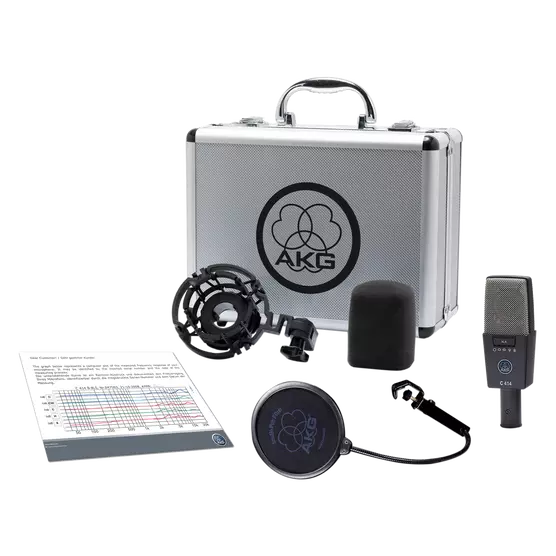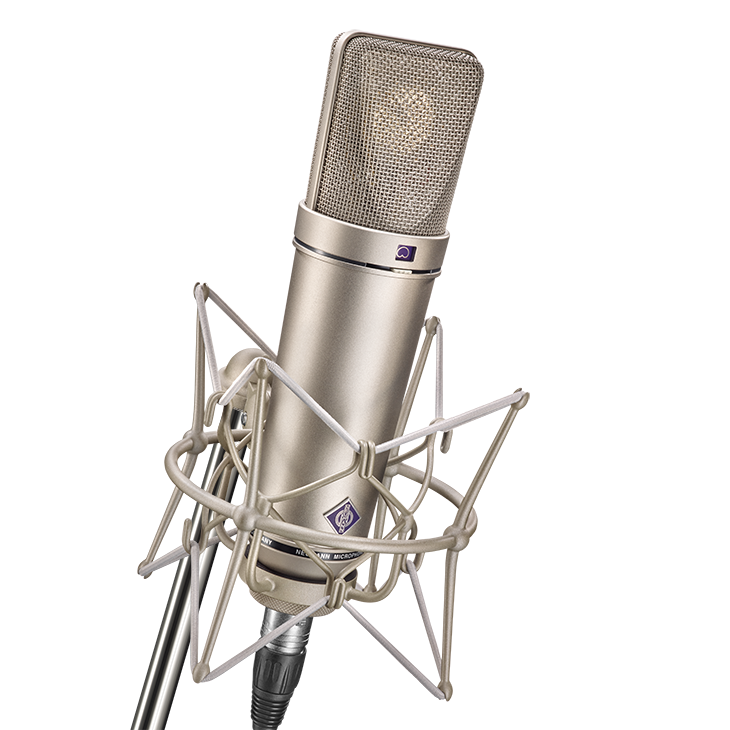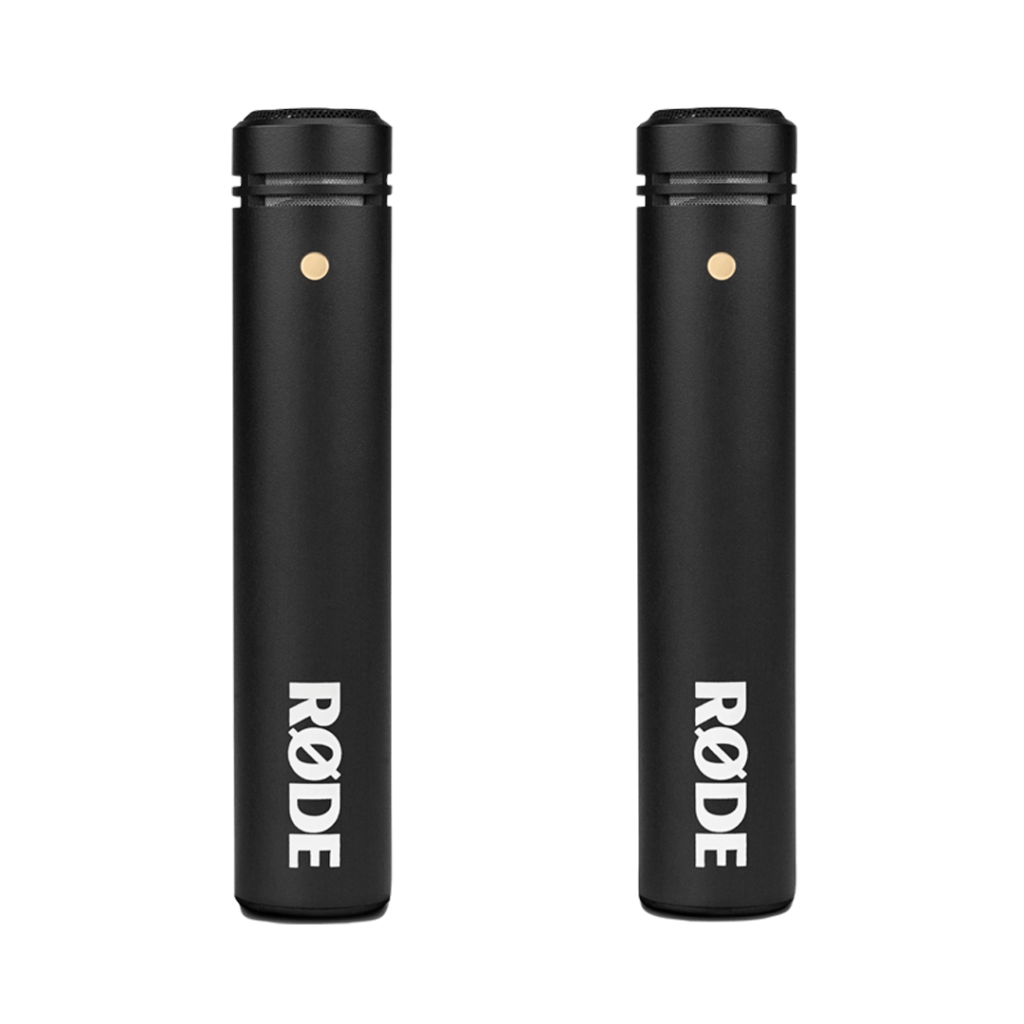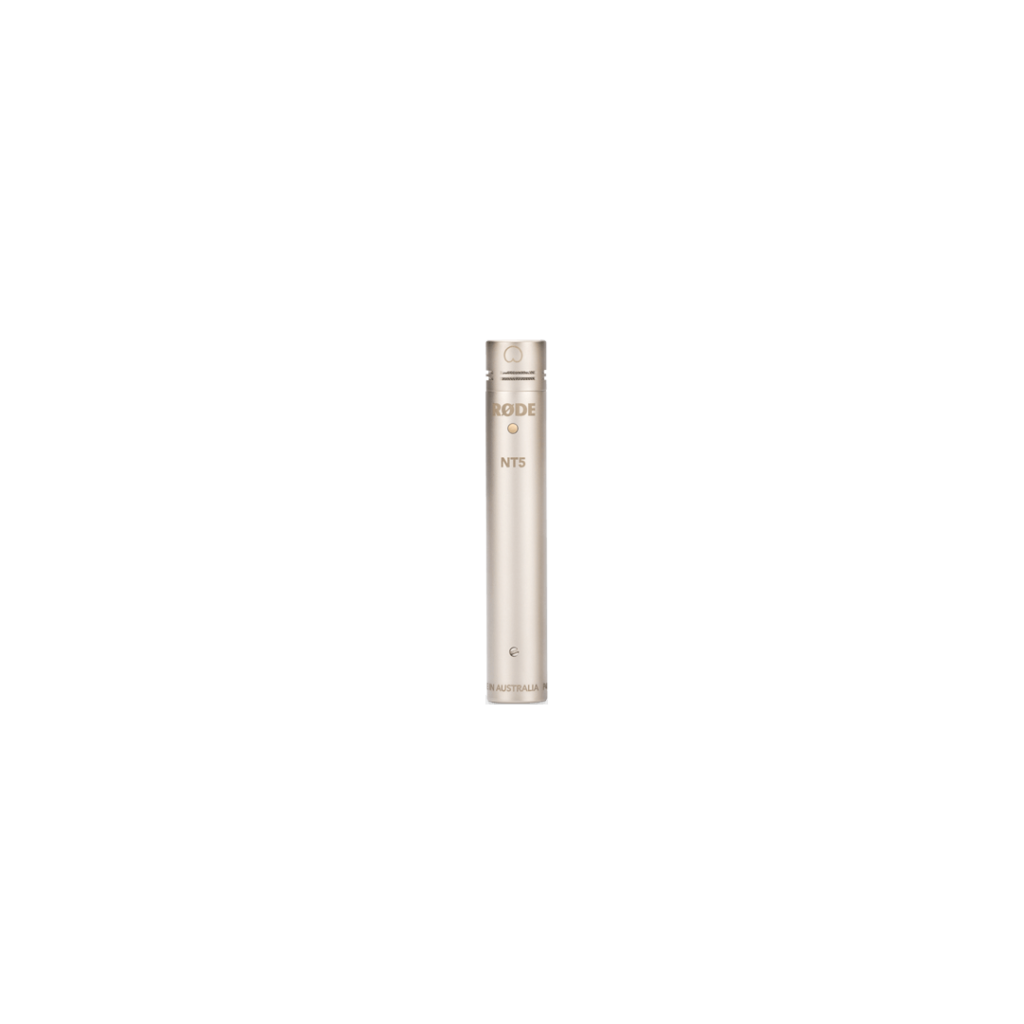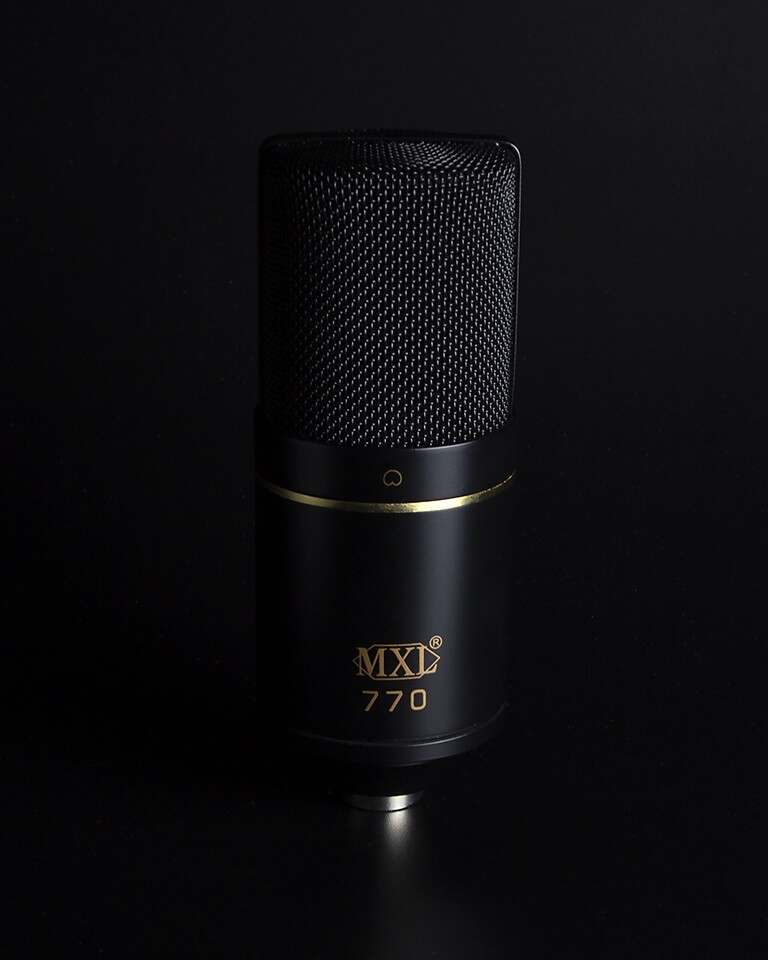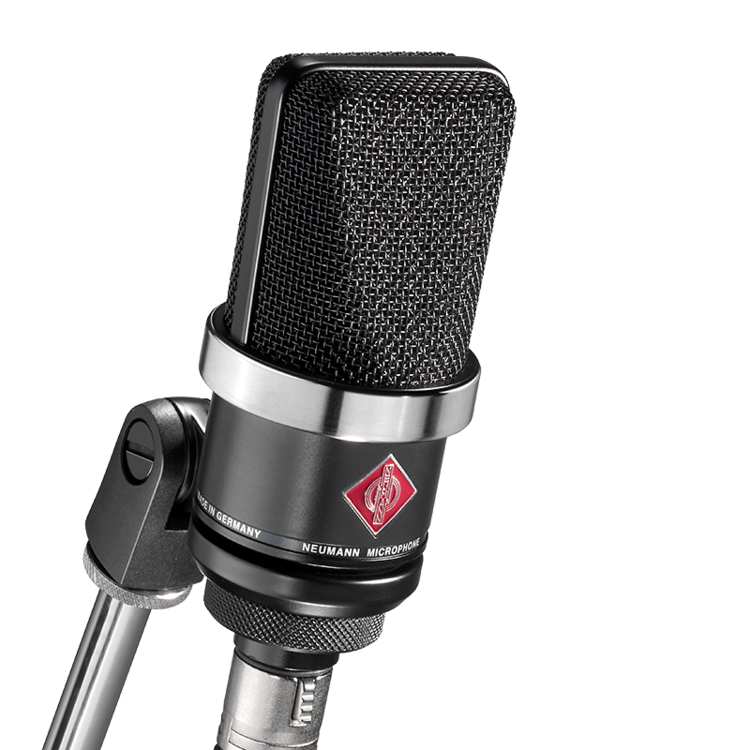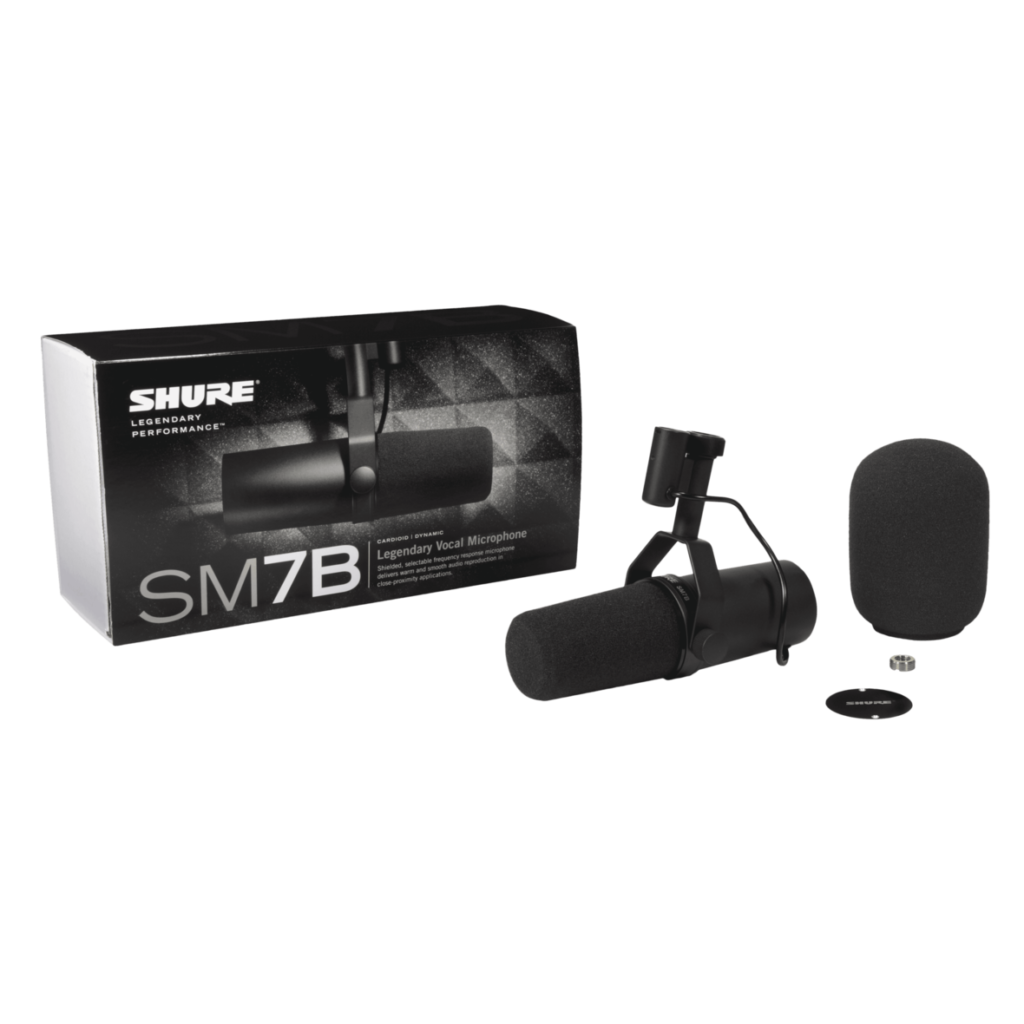If you wish to record a piano, you don’t have to spend hundredths of dollars and can record your music exceptionally well, with the help of a microphone meant for recording the piano. Irrespective of your expertise level in playing piano, at some point in your life, you would need to record your piano playing. It could be for an exam, for an audition, or when you just feel like, you want to hear what your playing sounds like. There are several ways to record your piano, but not all of them give exceptionally good results. Let us discuss the Top 7 Best Microphones for Recording Piano.
Table of Contents
- Top 7 Best Microphones for Recording Piano for 2024
- #1. AKG Pro Audio C414 Xls Instrument Condenser Microphone – Editor’s Pick
- #2. Neumann U 87 Ai Switchable Studio Microphone – Best Overall
- #3. Rode M5- Mp Matched Pair Cardioid Condenser Microphone – Lightweight
- #4. Rode Nt5 Compact Cardioid Condenser Microphone – Heavy Duty
- #5. MXL Mics 770 Cardioid Condenser Microphone – Top Selling
- #6. Neumann Tlm 102 Condenser Microphone
- #7. Shure Sm7b Vocal Dynamic Microphone:
- Ways to Choose the Best Microphone – Buying Guide:
- You Might Also Like:
- Bottom Line:
- Frequently Asked Questions (FAQs)
Top 7 Best Microphones for Recording Piano for 2024
The microphones for recording the piano and their placement is extremely important in capturing beautiful sounds. Here are some good mics and audio interfaces that you would require to shoot your piano music and piano covers.
#1. AKG Pro Audio C414 Xls Instrument Condenser Microphone – Editor’s Pick
This is an excellent corded electric microphone, that is available in grey and silver color. This is a lightweight microphone that weighs only 300 grams. Its signal-to-noise ratio is only 88 dB and it is made of completely metal. This is a wired microphone that helps in recording the piano music and it is engineered for its highest linearity and neutral sound for detailed recording of the vocals and all other acoustic instrument tunes. The microphone has about nine selectable polar patterns for a perfect setting for every single application.
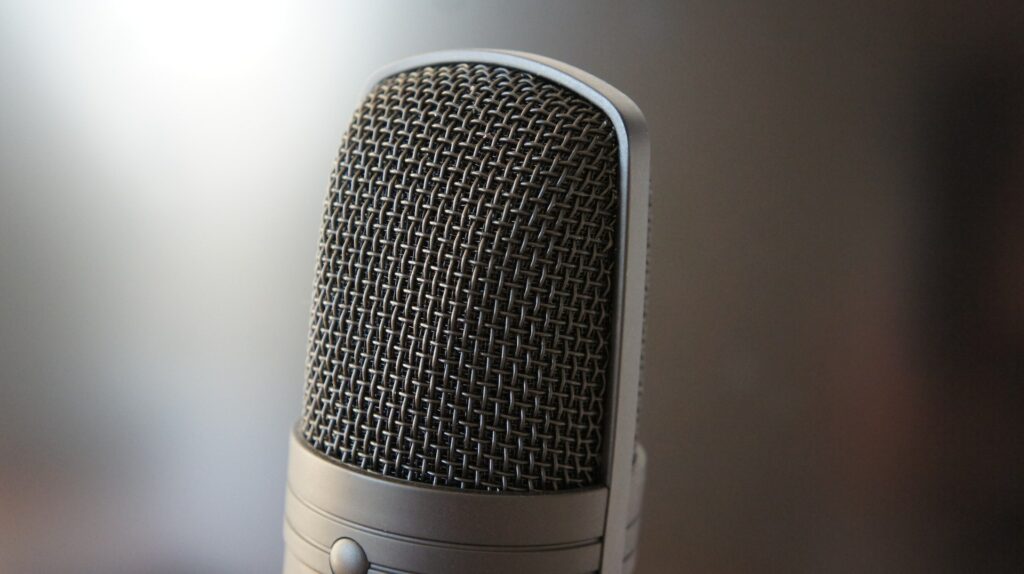
The microphone has three attenuation levels for close-up recording and high output sound sources of about 158 dB. The piano has three different switchable bass-cut filters to decrease the subsonic noise, wind noise, and other proximity music effects. The microphone renders an overload warning as well along with an audio peak hold LED to detect the shortest audio peaks. To aid the live sound applications and permanent installations, all the controls are easily disabled for trouble-free use.
The C414 XLS helps in maintaining the sonic character of the legendary C414 B-ULS, the most popular AKG C414 version. It has been engineered for the highest linearity and neutral sound and it has been the most versatile microphone with a very large diaphragm for years. The microphone has a phantom power range between 9 volts and 52 volts. It can work with 48 volts as this is well within the range it has been designed to operate with.
Pros:
- The C414 has nine electronically switchable polar patterns.
- The mic has a fixed cardioid pattern, a 20 dB pad, and a high pass filter that cuts the bass by 6 dB per octave, starting at 160 Hz.
- It is a worthy microphone that helps in discovering every single note on the piano.
- The piano recordings will spice up to the next level with this mic.
- It comes in a rugged case with a professional shock mount and windshield.
Cons:
- It is expensive, but its cost is worth every penny.
Check out: Best Digital Piano for Classical Pianists
#2. Neumann U 87 Ai Switchable Studio Microphone – Best Overall
It is an excellent microphone that is available in a beautiful nickel color. This is a corded electric microphone that is compatible with the digital piano and also with television. It is extremely lightweight and weighs only 500 grams. Its signal-to-noise ratio is 82 dB and its impedance is about 200 Ohm. The frequency range of this microphone is about 20 Hz to 20 kHz. The microphone has three selectable directional patterns, namely omnidirectional, cardioid, and a figure-810 dB attenuation switch.
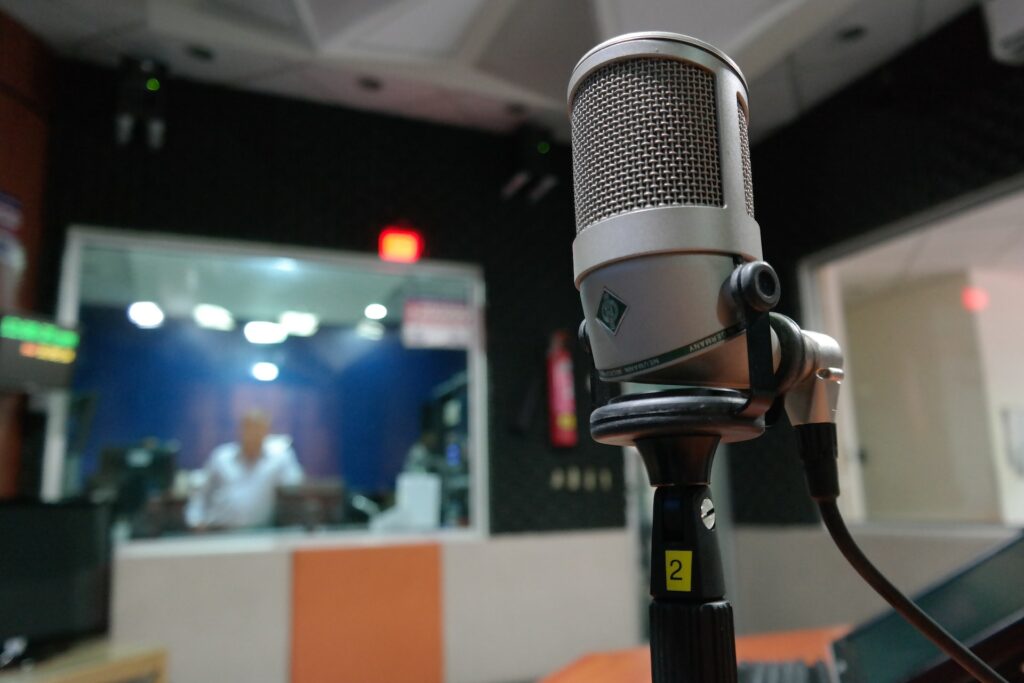
The U-87 has been a standard in the recording industry since the year 1967. This is an exceptional microphone that is famous for its warm sound and well-balanced characteristics. the current U 87A has attained a 6 dB improvement in signal-to-noise over its predecessors. The microphone comes with an EA87 Shockmount, cable, windscreen, and a wooden jeweler’s box. This microphone is famous for its warm sound and its well-balanced characteristics. The microphone is equipped with a large dual-diaphragm capsule with three selectable directional patterns.
Its 10 dB attenuation switch enables the U87 to handle sound levels up to 127 dB without any sound distortion. Its low-frequency response can be reduced to compensate for the proximity effect. It has been one of the most preferred studio vocal mics for decades, which makes it a great min for band or home studio recordings, along with a spot mic for single instruments. The Shockmount includes a cable, windscreen, and an EA87 elastic suspension, and comes in a wooden jeweler’s box.
Pros:
- This is an industry-standard microphone for recording voices.
- It sounds great on most voices and it sounds incredible in the mix
- The mic brings out all the nuances in the voice and the instrument and offers more confidence as a singer.
- the U87ai is an incredible mic for recording the bass amp. To not sound too loud, we have to place the mic 4 inches from the speaker.
Cons:
- The mic doesn’t come with a warranty.
- The mic is very expensive.
#3. Rode M5- Mp Matched Pair Cardioid Condenser Microphone – Lightweight
It is one of the best microphones that is corded with ambient black color. Apart from the digital piano, it is also compatible with personal computers. It requires one Lithium-ion battery to operate and its audio sensitivity is about 1 dB. This is a very lightweight microphone that weighs only 0.16 Kilograms. It is made of ceramic material and its polar pattern is Unidirectional. This is a compact condenser microphone with low noise and complete frequency response.
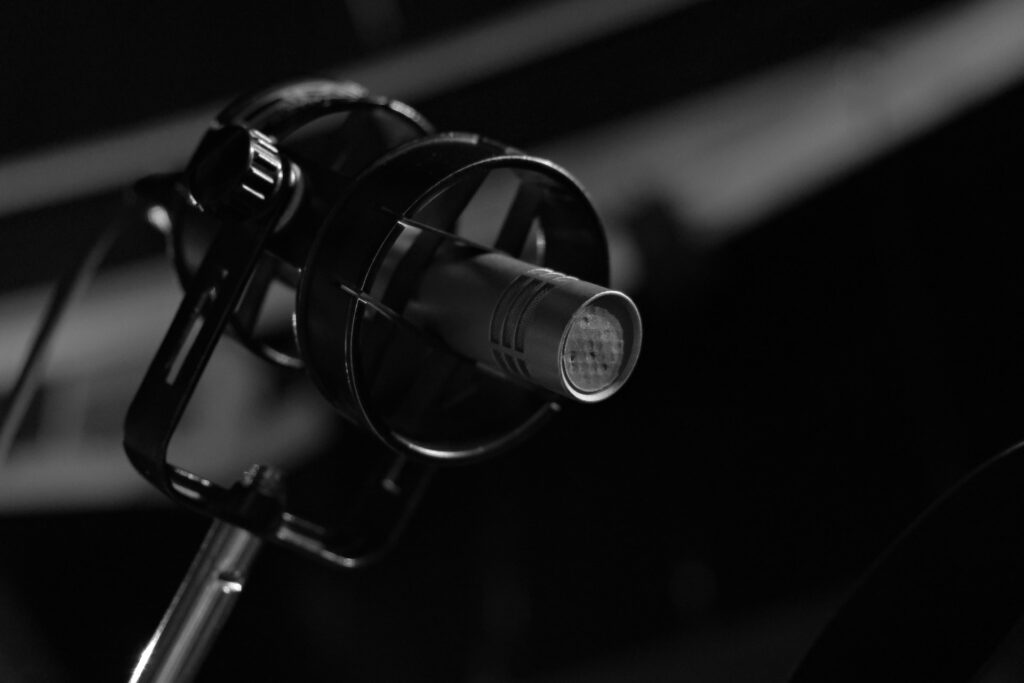
The microphone is finished with RODE’s proprietary ceramic coating, which offers a sleek matte black finish. It is supplied with windshields and RM5 stand mounts. The mic is designed and made in Australia and it is a compact ½” cardioid condenser microphone with low noise and full frequency response. It is ideal for studio recording and is live on the stage. The M5 offers a range of acoustic instruments, and choirs and is indeed a small diaphragm condenser microphone.
This matched pair of microphones has been selected carefully to ensure a variation of more than 1 dB sensitivity between the microphones. Rode microphone is a unique Australian-owned audio company and it is ideal for live stage shows and studio recording. It is compatible with a range of acoustic instruments, choirs, and practically anywhere that demands the need for a small diaphragm condenser microphone. It is a compact microphone with low noise and an array of full-frequency responses.
Pros:
- The microphone features a ½” capsule with a gold-plated membrane.
- The microphone has a Cardioid polar pattern
- The mic has an all-metal body with ultra-low noise.
- It comes with microphone clips and windshields.
Cons:
- You would require some sort of a pre-amp to plug in and supply phantom power.
- We also require a recording device.
- These are not binaural microphones.
Check out: Best Digital Piano for Classical Pianists
#4. Rode Nt5 Compact Cardioid Condenser Microphone – Heavy Duty
This is an excellent microphone that offers wired connectivity technology. It offers a unidirectional polar pattern and its impedance is about 100 Ohms. The frequency range of this microphone is about 20 Hz to 20 kHz and its noise level is about 16 dB. The microphone has a heavy-duty satin nickel-plated body with surface mount circuitry. It features an externally biased condenser and has low noise with a gold-sputtered ½ inch capsule.
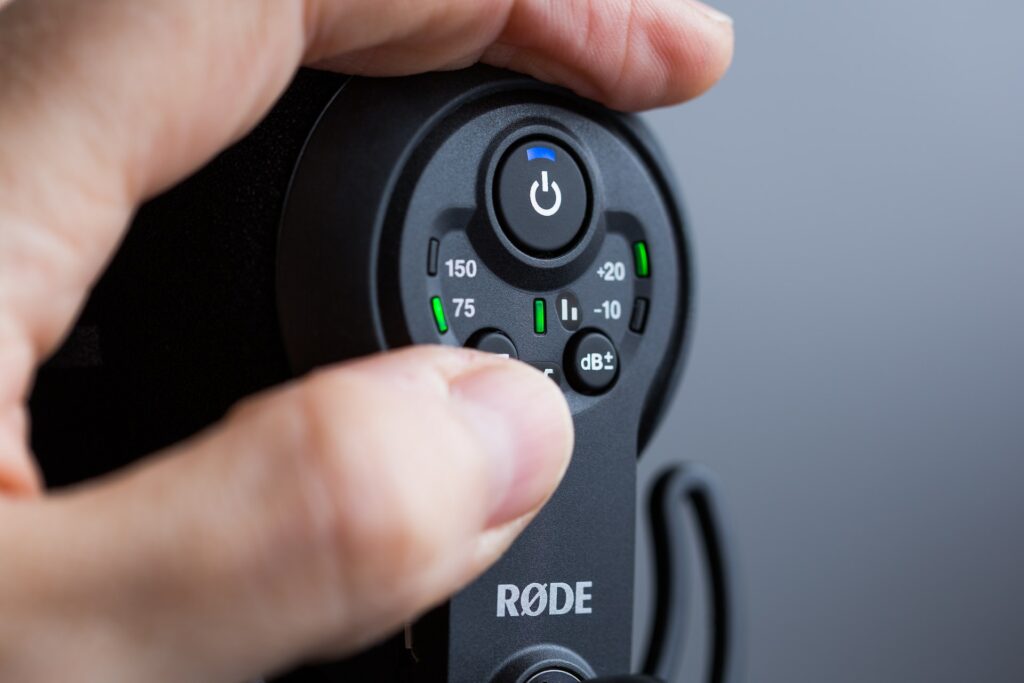
The NT5 is a small diaphragm condenser microphone that has been designed for high-quality critical recording applications. It features a ½ inch gold-sputtered cardioid condenser capsule to deliver a smooth and balanced sound with a very low self-noise. It features an exceptionally accurate cardioid polar pattern and a wide frequency response, making the NT5 an ideal microphone for recording everything from acoustic instruments to drum overheads and cymbals. It is also great for recording live performances and dialogues on location.
The NT5 is available as a certified match pair for stereo recording. The mic is finished in a durable satin nickel plating and is intended for both single and stereo mic setups. It comes in a custom carry case with mounts and windshields. The package is shipped as a complete set of accessories, including a custom case, 2 RM5 stand mounts, and 2 WS5 windscreens.
Pros:
- NT5 microphone with a premium small-diaphragm condenser microphone.
- The microphone offers a very low self-noise
- It features an exceptionally accurate cardioid polar pattern and a wide frequency response.
- It is available as a certified match pair for stereo recording.
- The mic comes with a ten-year warranty.
Cons:
- The ambient noise from this mic is higher
- Very sensitive microphone.
#5. MXL Mics 770 Cardioid Condenser Microphone – Top Selling
This is an exceptional unidirectional microphone that is available in an attractive black color. It is one of the top-selling condenser microphones with multi-purpose features. This microphone is great for playing digital pianos, vocals, stringed instruments, and percussion instruments. The best feature of this microphone is that it features a balanced bass response with exceptional high-end clarity. It is an ideal companion for digital pianos, as it renders a low-frequency roll-off to mitigate unwanted rumble.
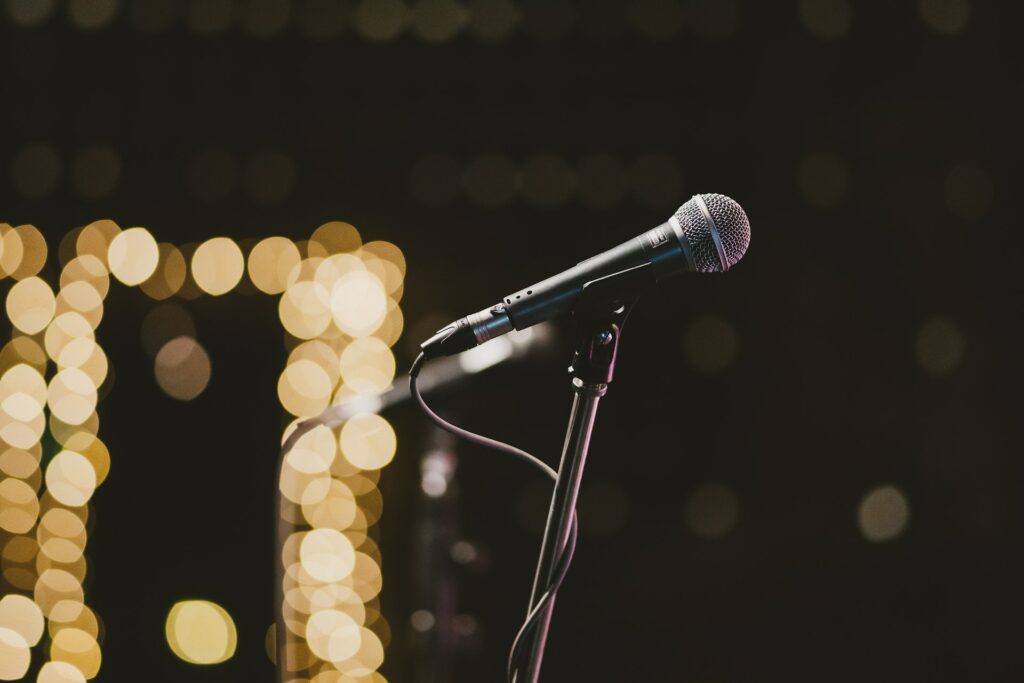
The MXL 770 has constantly been amazing for recording artists from all over the world with its exceptional versatility and performance. Singers and pianists love this microphone for its solid bass and its high-end design and technicality. The microphone renders a low-noise FET preamp with a balanced and transformerless output. It is also a versatile microphone for podcasting and audio streaming. Thus, this is a perfect microphone piece for sponsored professionals, who are looking for a high-quality condenser mic, without costing them a fortune.
The microphone features a 6-micron gold-sputtered diaphragm. The capsule size of this microphone is about 22 mm/ 0.87 inches. The frequency range of this microphone is between 30 Hz to 20 kHz. It offers a sensitivity score of 15 mV/Pa. It encompasses a high pass filter with a 6 dB octave @150Hz. The microphone is capable of emitting noise of about 20 dB and its S/N ratio is about 74 dB. It comes as a complete package with a shock mount, hard case for appropriate storage, user manuals, etc.
Pros:
- This is a multipurpose microphone with a very small diaphragm.
- The microphone renders a very warm sound with additional clarity at its top end.
- features FET preamp with balanced output
- It is an excellent microphone for pianos and voice work.
Cons:
- The microphone requires 48v of Phantom power
#6. Neumann Tlm 102 Condenser Microphone
This is an excellent microphone with an XLR connector and it is compatible with digital pianos and speakers. It has a solid aluminum build and weighs around 210 grams, and its audio sensitivity is about 11 dB. The signal-to-noise ratio of this microphone is about 82 A/W and its polar pattern is unidirectional. The microphone features a very large diaphragm and features cardioid directional characteristics. It comes with a compact Newman design and offers a maximum sound pressure level of about 144 dB.
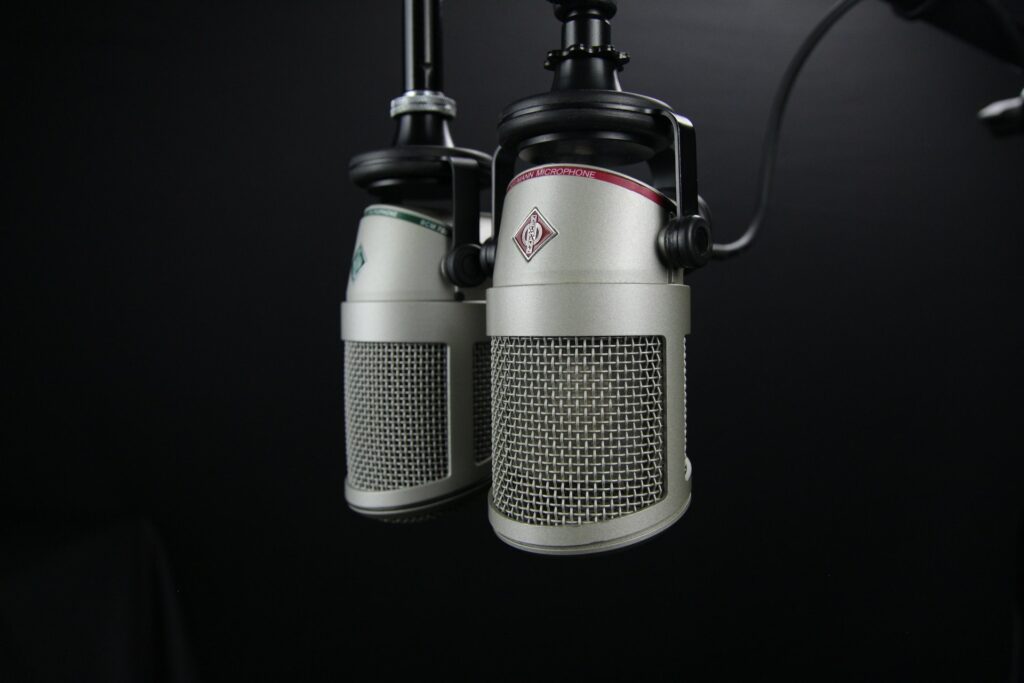
The TLM 102 brings the quality of the Newmann microphones, even to the smallest of studios. It features exceptional technical excellence and a well-balanced sound for silky vocals, that goes great with ambient piano music. It sounds and looks smart, and features a diaphragm condenser capsule, making it an ideal choice for recording studios all over the world. It offers a clear and focused sound with exceptional definition. Owing to its exceptional linear response across its entire midrange, it is capable of capturing the authentic character of any voice and instrument. It also features a gorgeous bottom end along with a well-controlled proximity effect of the large-diaphragm cardioid capsule.
The technical performance of the TML 102 is quite impressive. It is capable of handling extreme levels of sound pressure, up to 144 dB, free from distortion. It features an enormous dynamic range of 132 dB and features a uniform cardioid pickup pattern. It is very easy to use as a microphone in studios and home practice and can adapt pretty well to live applications as well. its fast transient response makes it an ideal choice for vocals, pianos, and a range of other instruments such as electric guitar, drums, bass, saxophone, etc.
Pros:
- The Cardioid music pattern and its integrated pop screen make the TML 102 a joy to use, even by novices.
- The microphone is capable of handling extreme SPLs without much distortion.
- Comes integrated with a pop shield.
- The microphone is compact with the genuine large-diaphragm capsule from Newmann
Cons:
- Very costly microphone
- Its self-noise of 12 dB is much less than the ambient noise
Check out: Best Digital Pianos for Intermediate Players
#7. Shure Sm7b Vocal Dynamic Microphone:
Be it big-time broadcasting, professional podcasting, or critical studio recordings, the presence of a dynamic microphone like Shure SM7B helps in rendering a smooth and warm vocal, every single time. The best quality of this microphone is that it is capable of capturing and enhancing the finest details of the human voice while blocking out all other external distractions. The SM7B is been trusted by the world’s leading vocalists and streamers. The dynamic cartridge of the microphone with smooth and flat wide-range frequency response is capable of producing highly natural and exceptionally clean sound and speech.
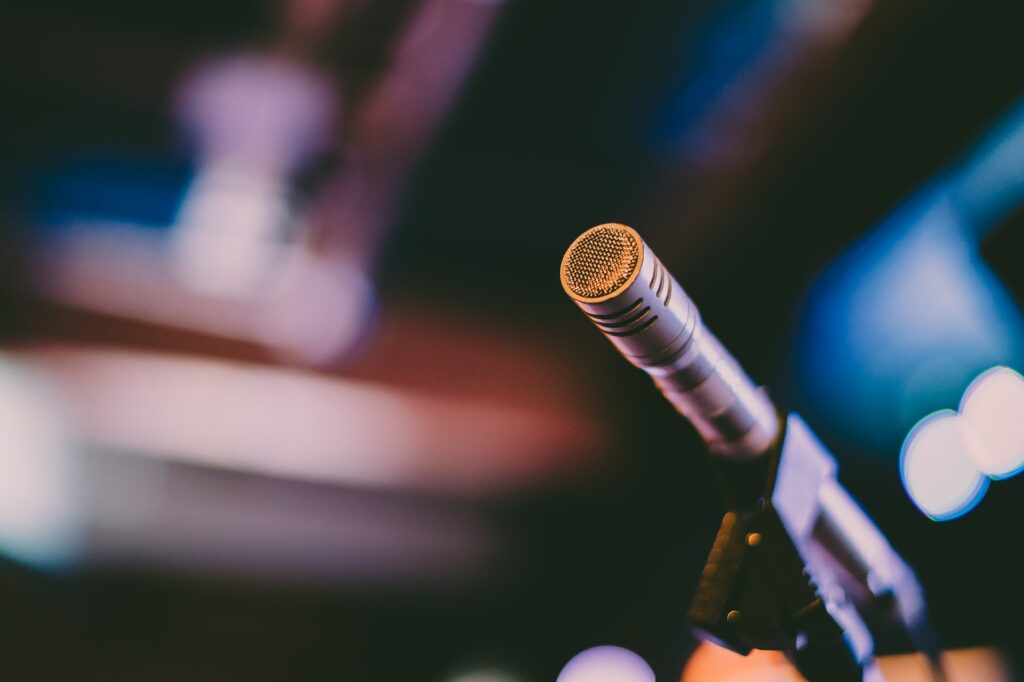
It is an inherent component of the best podcast studios all over the world. Its superior shock isolation system and pop filters eliminate both breathiness and mechanical voice. This microphone is capable of capturing clean and natural reproduction of music and speech and is been a pioneer in these abilities for decades. The microphone features a professional XLR connection along with an audio interface to gain more control over the sound.
The microphone’s classic Cardioid pattern with a uniform voice capture feature is designed in a way to reject off-axis audio. Thus, we will be able to sing along while playing the digital piano at a comfortable angle. The microphone is also capable of capturing sound with minimal coloration. The microphone also comes with additional advanced electromagnetic shielding to defeat the hum from the other studio music equipment.
Pros:
- The SM78 is popular in making the voice of the people feel rich and full.
- Its new and improved bracket design helps in rendering greater stability
- Apart from a standard windscreen, it also includes an improved A7WS windscreen to help with close-talk applications.
- It doesn’t require phantom power and is not affected if phantom power is present at the mixer input.
Cons:
- There is no elastic suspension shock mount available for this mic.
- This fairly heavy microphone weighs about 2 pounds.
Ways to Choose the Best Microphone – Buying Guide:
1. Types of Microphones:
a. Dynamic microphones:
The dynamic microphone is a dynamic and well-known type of mic with several applications. This type of mic makes use of an attractive field to create electrical sound flow, as its appended loop enhances the flow stream. Dynamic microphones are known for their sturdiness and flexibility. These are not delicate and this makes them ideal units for recording uproarious instruments such as bass and drums. Dynamic microphones are of great use in recording piano for live exhibitions.
b. Condenser microphones:
The condenser microphone fluctuates and changes its sign, compared with a dynamic microphone. These microphones create an electrical flow, causing its stomach to vibrate. This works similar to a capacitor and owning to its construction, a condenser mic produces no current in the process. They require an external power source for the signal to manifest. These mics are agreed upon to deliver the best sound quality from all of the microphone types available. These mics are meant to deliver the best sound quality and offer a wider frequency response, lower noise floor, and highly sensitive outputs, compared with their counterparts. These mics are thus perfect for singing, streaming, podcasting, and a lot of studio applications.
c. Ribbon mics:
Ribbon mics are an important type of mic to consider and similar to dynamic mics, these make use of a magnetic field to produce the electric current. Instead of the coil, they make use of a thin sheet of metal and we can consider them to be a weird hybrid of dynamic and condenser microphones. These ribbon microphones do not react to sound pressure levels, but they instead change their air velocity. They offer a dark and warm feel to their recordings and they pick up lower frequencies greater than higher frequencies.
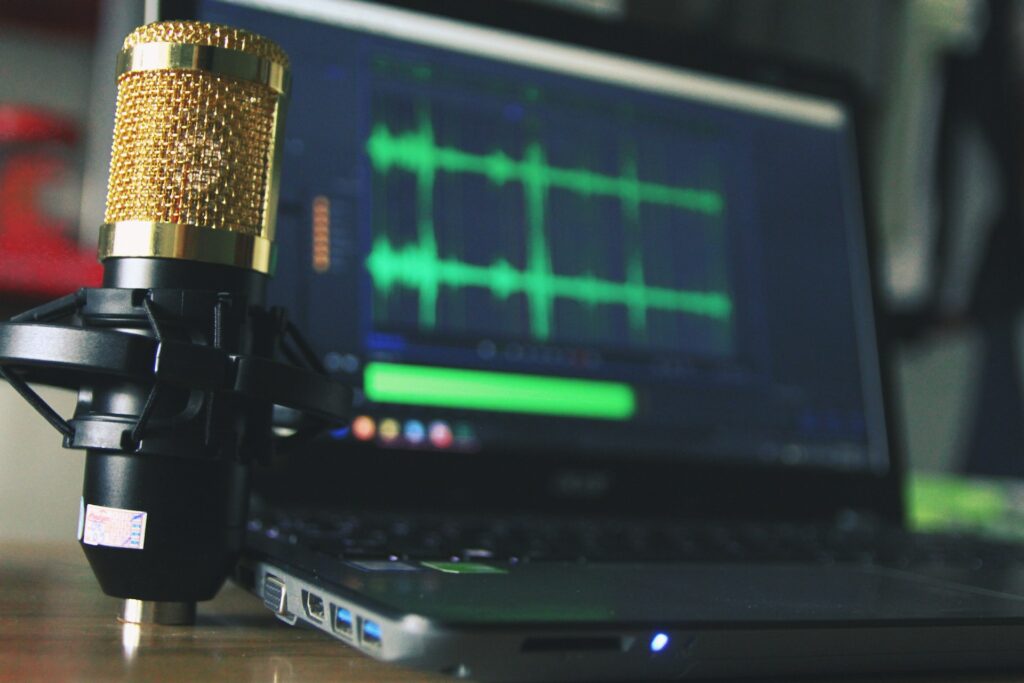
2. Things to Consider Before Choosing a Microphone:
a. Amplification:
Microphones require appropriate applications to help their signals to be readable. Though their circuitry converts audio into an electrical signal, their signal is extremely quiet and it ranges from 60 dB to 40 dB. Make sure that the microphone that you wish to invest in enhances its amplification.
b. Quality of build of the microphone:
Cheap microphones are lamented with poor builds and can result in the distortion or fading of the microphone signals, even after minimal use. You have to choose an appropriate microphone with good care and consideration, and we have to make sure that the microphone is built well for most small-time applications.
c. Off-Pivot response:
One of the most incredible sounds that you would require to get from a piano, while recording is the off-pivot sound. This implies that if the microphone cannot deliver a wonderful off-pivot sound, it may not be an ideal decision for recording the piano. While considering a mic for piano recording, it is recommended that you get a mic that can produce off-pivot sound, while compensating for apparent volume contrast.
d. Budget:
The budget of the microphone is also an important aspect to consider, but you have to make sure that you pay for what you get in the musical equipment. Do not worry about spending a couple of additional dollars, to get the versatility you require in the microphone.

You Might Also Like:
- Best Digital Piano for Classical Pianists
- Best Synths for Ambient Music
- Best Digital Pianos for Intermediate Players
- Best Digital Pianos Under $2000
Bottom Line:
With the help of an appropriate and professional microphone at hand, your piano recordings can go to an all-new level instantly. We hope our product recommendations and our buying guide help you in finding the best microphone for recording your piano easily and instantly.
Frequently Asked Questions (FAQs)
1. Is It Possible to Connect a Microphone To a Digital Piano?
Yes, it is possible to connect a microphone to a digital piano. There is a certain procedure that has to be followed. It should be placed at a distance of 7-8 inches from the hammer and strings in the case of an acoustic and keys in the case of a digital piano.
2. How to Connect a Microphone to a Digital Piano?
For connecting a microphone to a digital piano all you need is a mono jack cable. You can connect via it. In case there are different outputs for left and right sounds, then two mono jack cables should be used.
3 Is a Condenser Microphone Good for Recording a Piano?
Yes, a condenser microphone is good for recording a piano. We can say that it is the best microphone for recording a piano because of these microphones work really well with instruments that produce high frequencies.
4. Which Type of Microphone is the Best for Recording a Piano?
The condenser microphone is definitely the best one for recording a piano because it has the ability to record higher frequencies too. These microphones can record low, medium, and high frequencies so they are very suitable for recording any kind of music.
5. How to Record Piano Music or Audio?
Piano audio or music can be recorded in many ways, but the best way is to record it using a microphone. You should know what kind of music you are producing to know which kind of microphone will be suitable. (Refer our full article to get an insight on how to choose the best microphone based on your needs)


